I came across this on eBay:
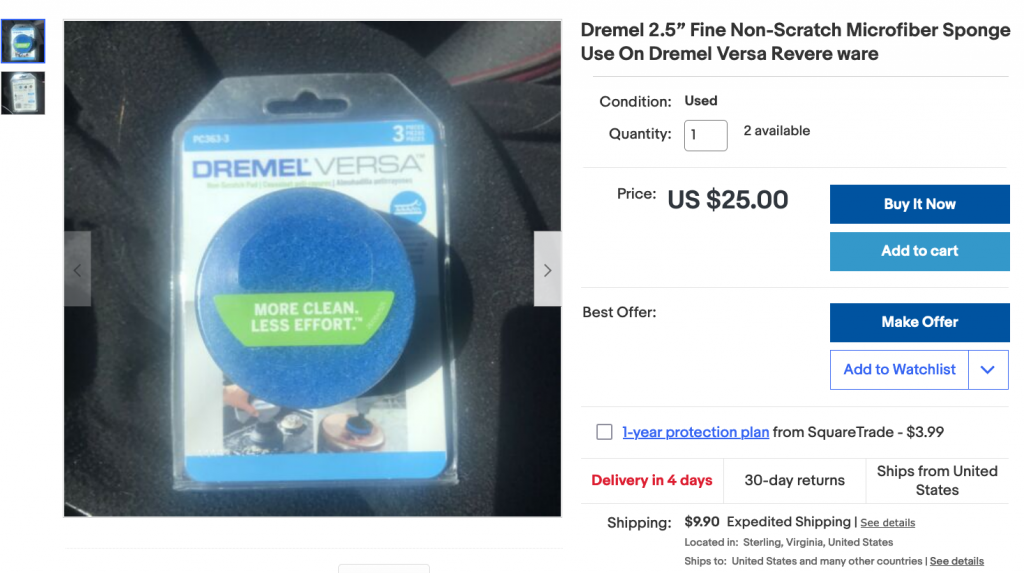
I’ve never heard of a Dremel Versa.
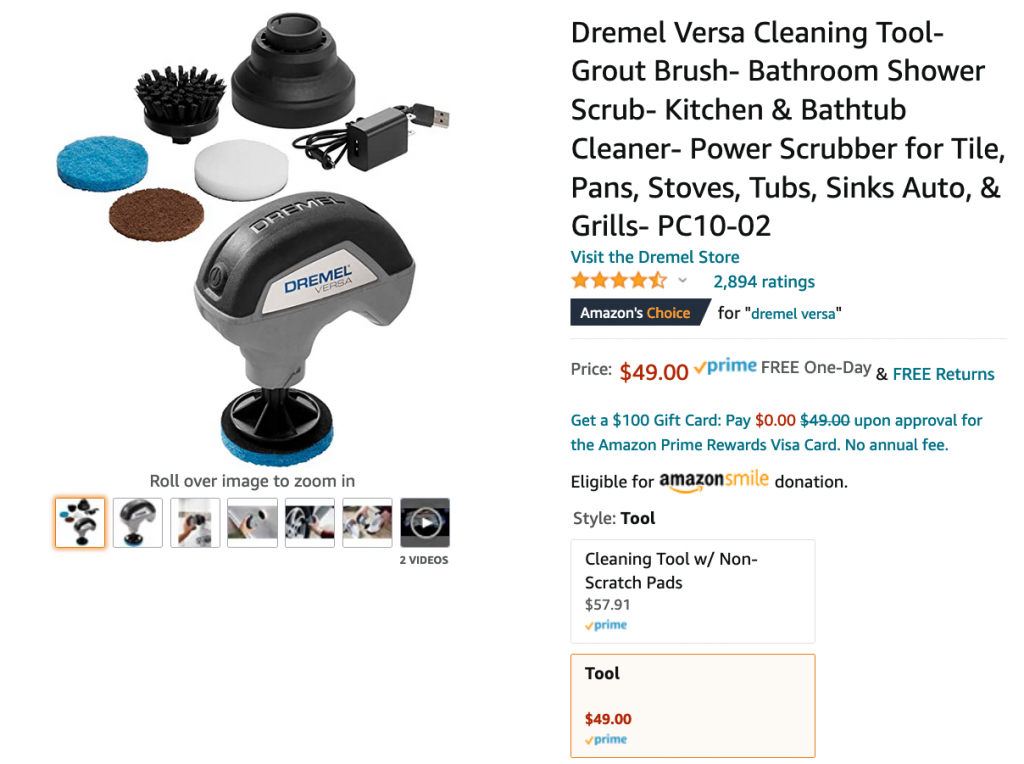
It does offer a variety of non-scratch cleaning pads. Has anyone tried one of these to clean extremely gunked up Revere Ware pieces?
I came across this on eBay:

I’ve never heard of a Dremel Versa.

It does offer a variety of non-scratch cleaning pads. Has anyone tried one of these to clean extremely gunked up Revere Ware pieces?
I’ve been posting on the RevereWareParts blog since March of 2009; there is a ton of good stuff there. I thought it might be interesting to wade through it and pull out some of the more notable posts.
Today’s blast from the past comes all the way back from July 2009, and has to do with creativity in solving problems with broken Revere Ware – Revere Ware Creativity. While our new parts help a lot in bringing old Revere Ware back to life, we don’t sell everything you might need. For the stuff we don’t sell, you have to find a solution, whether it is buying another identical piece to use as a donor for parts, gluing things back together with high temperature epoxy, or modifying new handles to fit older pots.
Or, you could do what Martin did, and make your own handle out of wood.
Customer Martin was frustrated that he couldn’t find a replacement handle for his pot so he made one out of wood.
“Attached find the picture of my 3/4 quart pot with the replacement handle that I fabricated out of a 3/4″ piece of oak. I traced the shape from the old handle and cut and sanded it to the same shape. I then primed and painted it with black gloss paint. Other than the bolt that shows, it looks and handles just like the original one
Pretty creative. Wood is a pretty good insulator, and painted with a high temperature spray paint, it probably does a fine job.
Sometimes I see the asking prices on some Revere Ware related items on eBay and I just have to shake my head. I’m a pretty enthusiastic Revere Ware fan, but I just don’t see anyone wanting to pay $400 for a somewhat rusty old Revere Ware tea kettle display stand.
Some replacement parts are exceptionally hard to find. Generally anything we don’t make for Revere Ware cookware falls into the somewhat hard to find category. But, given the high number of Revere Ware pieces available for sale on eBay, you can find a lot of cookware pieces to use as a donor for parts you need.
But some items there just aren’t a lot of, like pans with the older style handles.
The bale handle pot is one of those items. The Bakelite part on the bale handle you just can’t find. And there aren’t a lot of them available on eBay. Even if you did find one to use as a donor, they are very nice, and it is hard to imagine sacrificing a good bale handle pot to use the handle on another one.
So I was somewhat surprised to find this on eBay today:
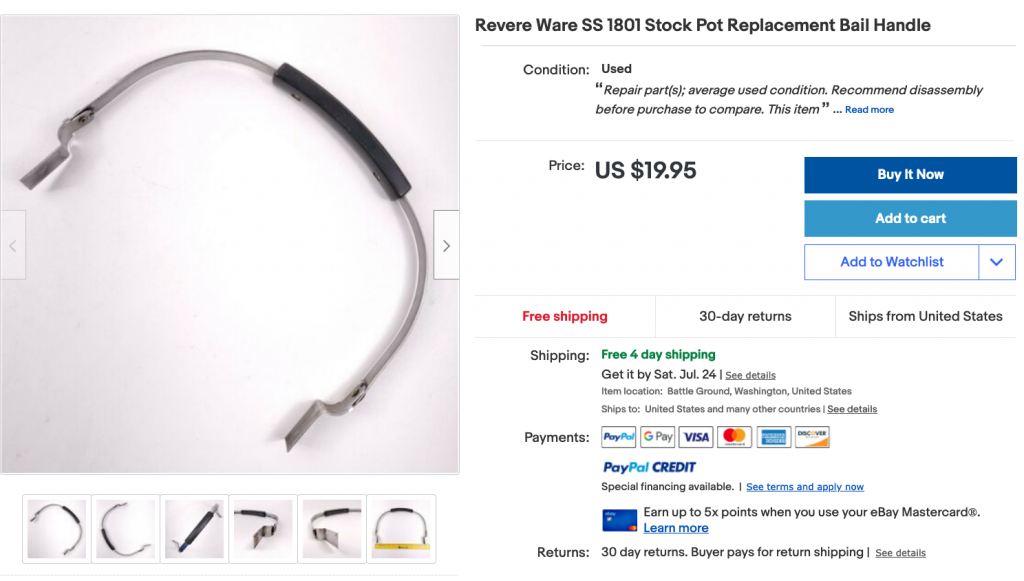
I can see what happened, this bale handle fell off of the pot it was attached to.
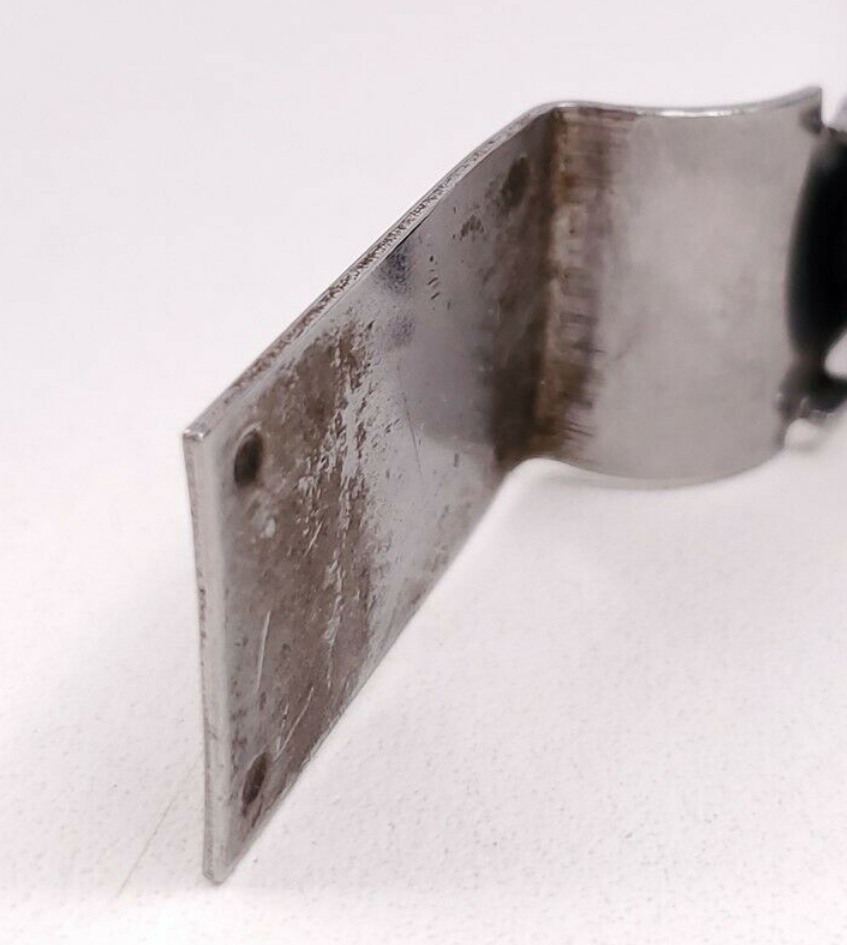
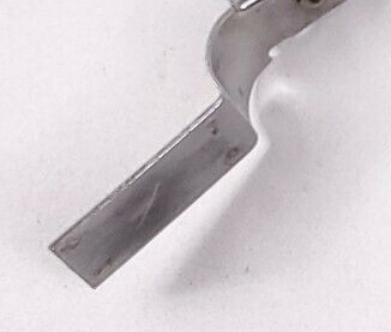
Other than spot welding it on again, this isn’t really a replacement bale handle, the the Bakelite part come off and goes on pretty easy. I do happen to have a bale handle pot with a broken handle, so this was a good find for me.
It just goes to show, rare doesn’t mean you can’t ever find one, if you keep trying.
In the earliest days of Revere Ware, the Bakelite handles sandwiched around a metal spline, which showed through all around. The handles had a hollow screw / nut where the handle hook goes, and two screws near the front of the pot, like this:


Around 1947, they changed to the newer variety of handle, the type we sell replacement for.
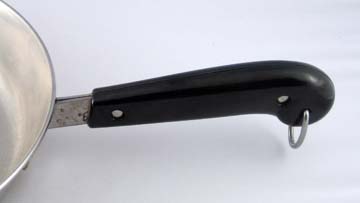
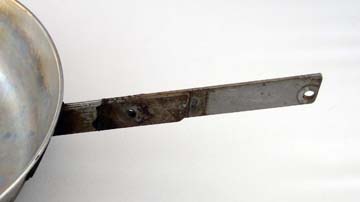
On the newer style vintage handle, the spline on the largest version of the sauce pans and skillets is 3/4″ wide from top to bottom.
Customer Laurence seems to have come across a skillet that has a different handle.
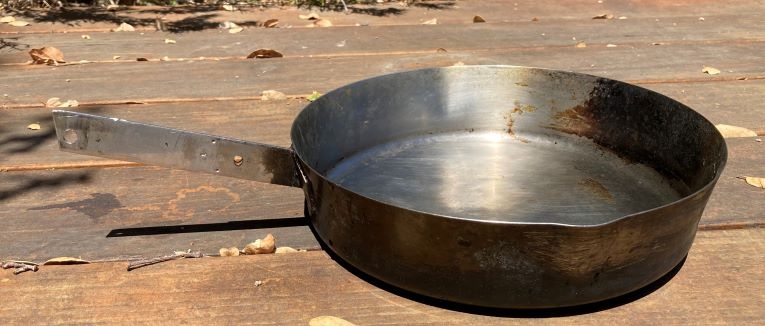
Note the sharp outer edge and the pour spout. I’ve seen these before but this skillet seems to have a much sharper bottom curve as well.
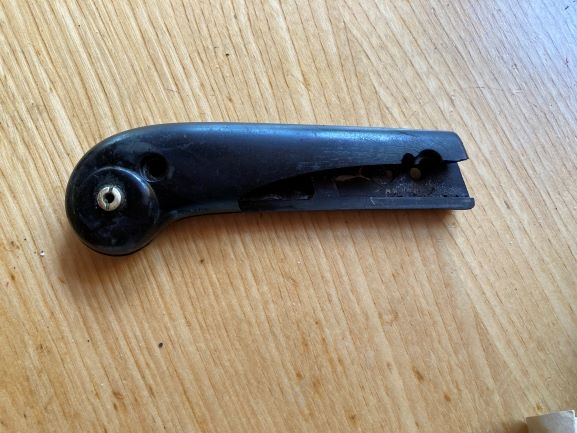
His handle is a cross between the newer vintage style (where the spline fits in a channel) and the older style, with the hollow screw and nut where the handing hook attaches.
The spline height on this one is 1 inch in width, which I’ve never seen before. You can see from comparing the skillet spline with the example shown above, that it is taller.
It is definitely a unique pan. My working theory is that it is something that they were perhaps experimenting with as they were developing the new handle styles.
Reader Michael found this lid at a thrift store.
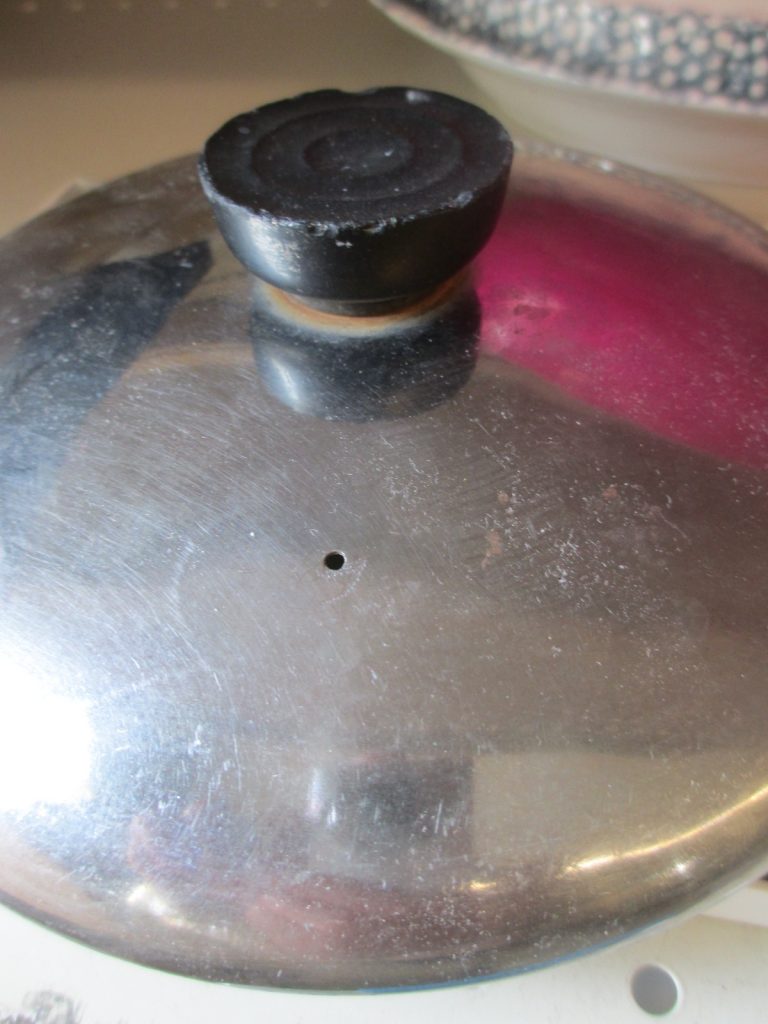
Note the hole. I’ve never seen another Revere Ware lid with a hole like that; Michael found two. Given that the holes were in different spots on each lid, and Revere Ware is not known to have put any holes in their lids, these were probably added by a previous owner.
The benefit of having a hole in the lid is it allows for pressure changes inside the pot when there is a boiling liquid, which keeps the lid from rattling on the pot. Pretty useful, really.
Lots of people inquire about these and they are very hard to find, so this is definitely the find of the week.
I came across an auction on eBay that had a Revere Ware vintage pressure cooker with a manual I had never seen before. Then for some reason, the seller listed the manual separately, so of course, I had to buy it. Here it is:
It seems to be missing the outer cover. This manual is very simple as it appears to be mostly typewriter produced and contains few pictures. Upon first seeing it, I assumed that perhaps it was the very first version of the pressure cooker manual from when they were first produced. Here is what we know about the pressure cookers from the photo guide.
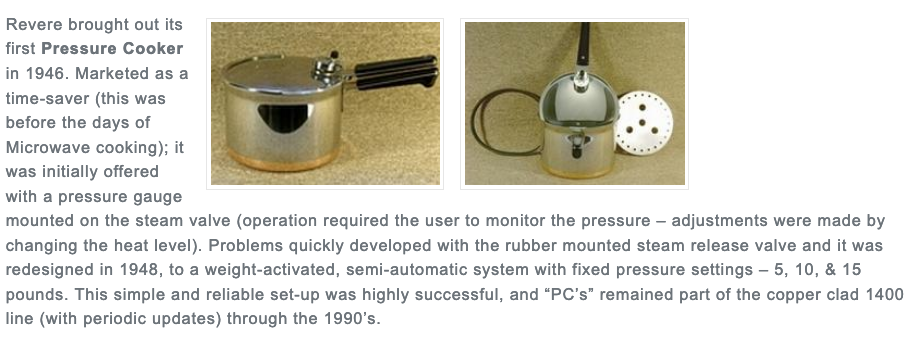
Reading through this new manual, I came across this, from page 3.
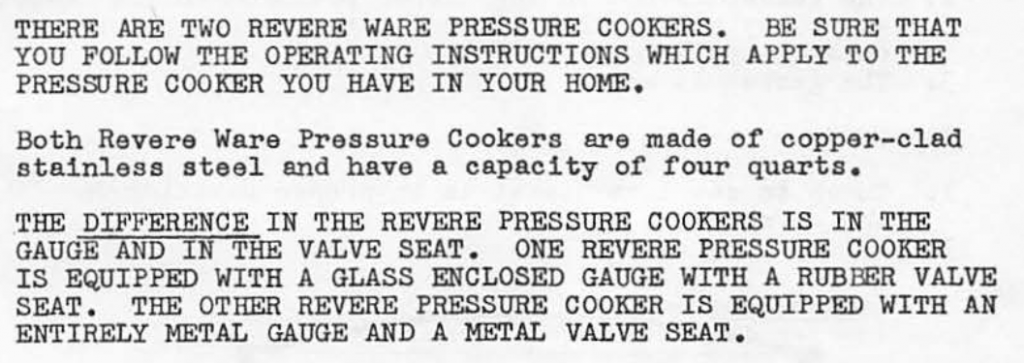
Hmm. So this isn’t the first version of the manual, but something that spans both models. There is unfortunately no date on the manual (it is usually on the back cover, which is missing) so that isn’t any help.
My best guess here is that, when they first came out with the redesigned dial gauge model, and they had some of the old model and some of the new model, they quickly needed a manual that could be shipped with both types, until the older inventory was gone. It’s my working theory right now anyways.
Lately we’ve gotten a number of inquiries about parts for Rena Ware. Some people seem to assume that it is the same as Revere Ware, and perhaps this is one reason for the high number of returns we experience on Amazon.com. Despite the similar sounding name, and the fact that some of the pieces do look similar, they are two different brands and the parts for one are generally not interchangeable with parts for the other.
Here are typical post-1968 Revere Ware 6 quart pots, copper bottom and tri-ply.
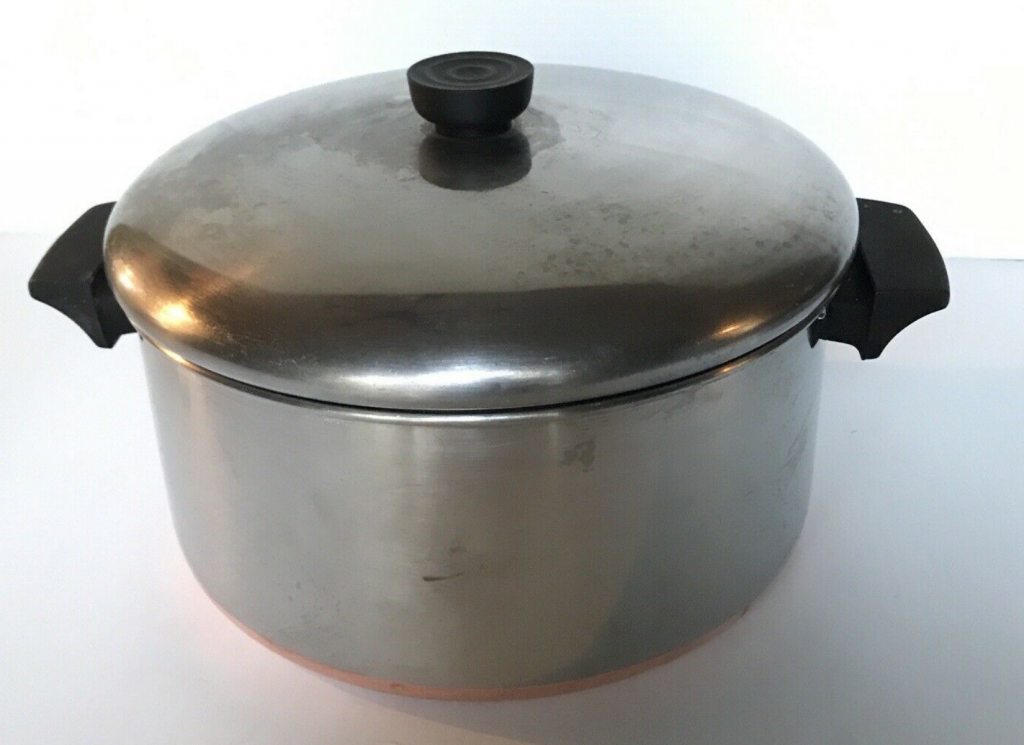
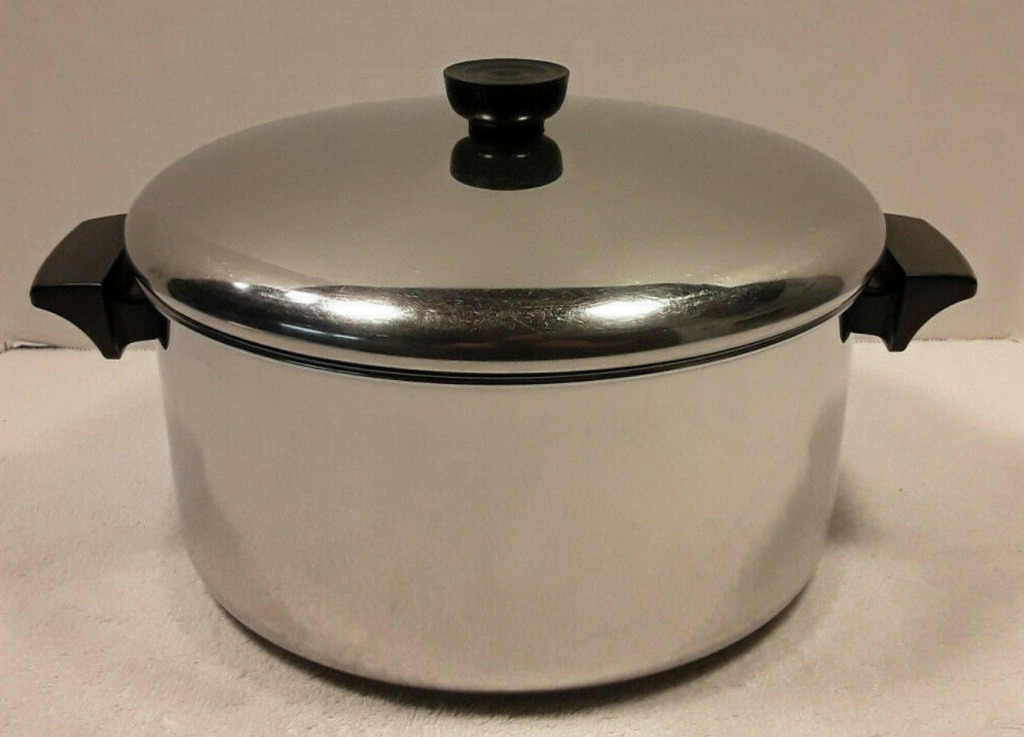
Here is a similar pot from Rena Ware.
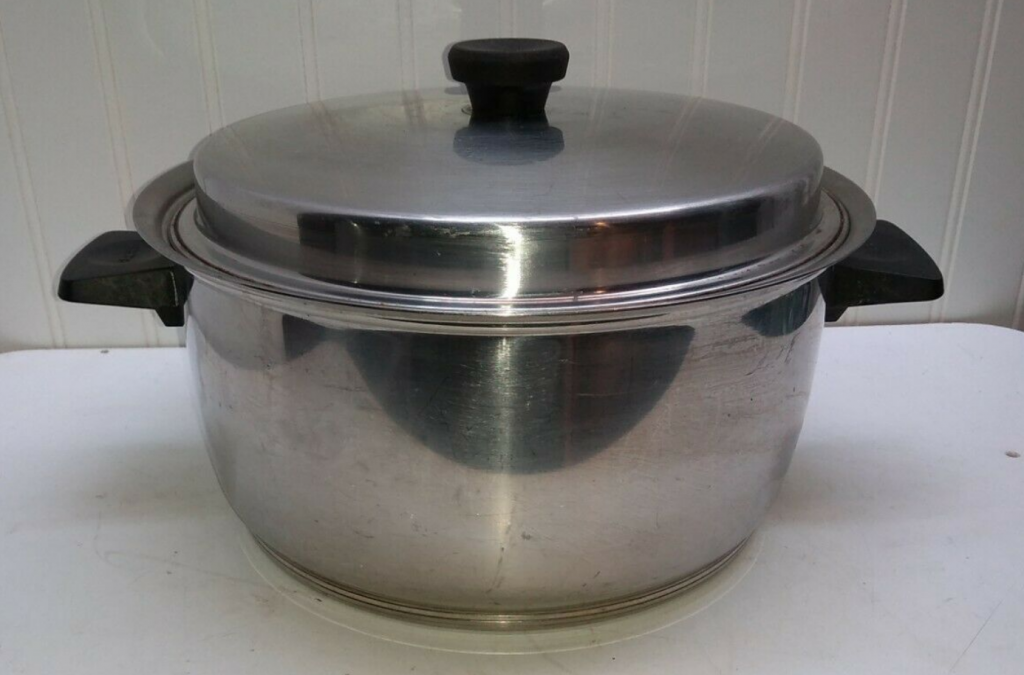
Clearly there are similarities, but a number of stylistic differences. Google doesn’t help the confusion either.
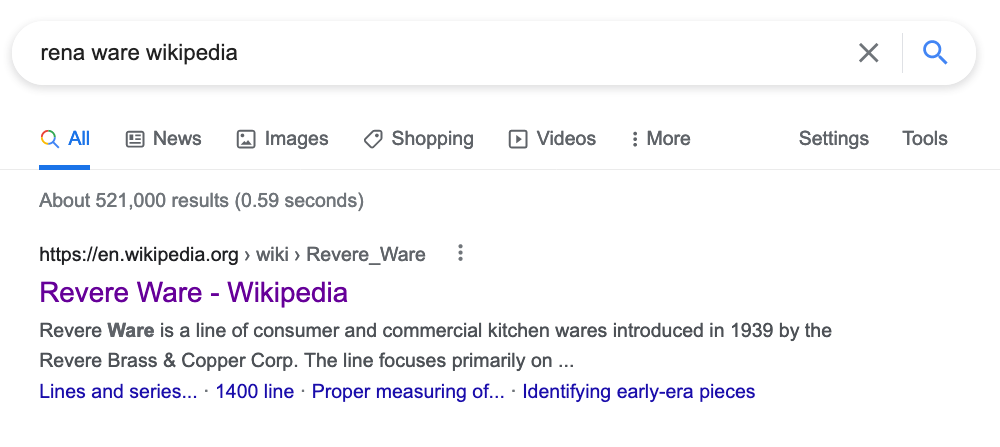
I don’t have a lot of information about Rena Ware; here is what I’ve been able to findNOT.
In 1983, the company acquired Rena-Ware, a Bellevue-based kitchenware manufacturer with a majority international operations. Oneida sold Rena-ware three years later
Hopefully this post makes its way up in the Google results for Rena Ware so people can see clearly that Rena Ware is not Revere Ware, and there will be less confusion around replacement parts.
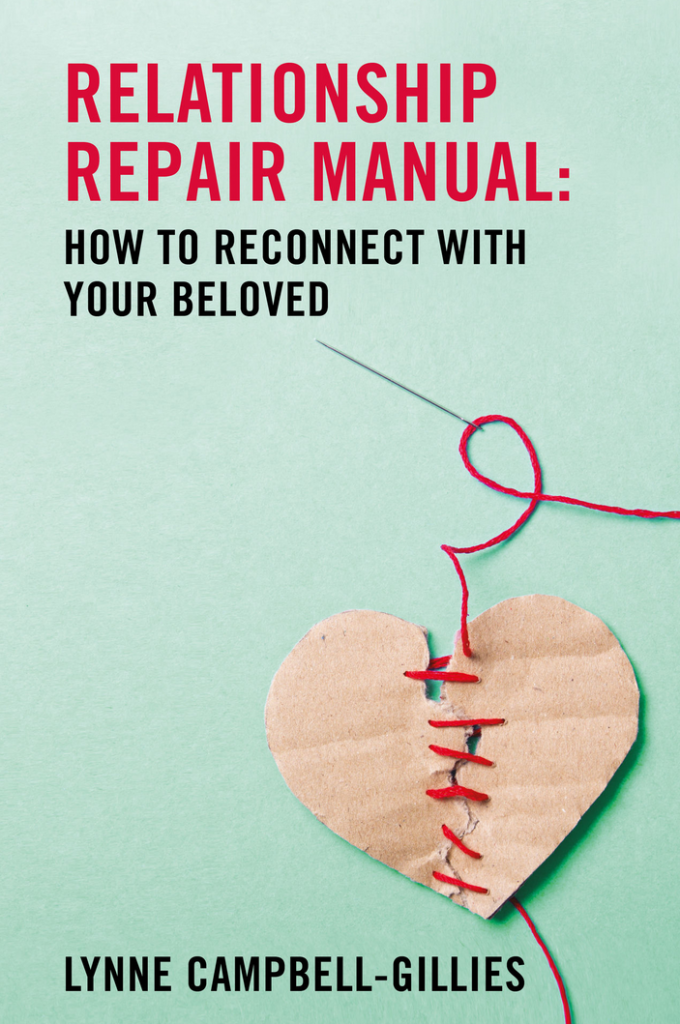
The last year has been plagued by issues selling our replacement parts on Amazon.com. First there was some abuse by a single customer who ordered about 100 parts just so she could go through them and pick the few she wanted with the smallest molding defects, and then returned almost all of them. We stopped selling on Amazon.com for about a month while we worked to tighten down our sales policies to avoid that type of thing in the future, and while Amazon investigated, and possibly banned her from continuing to purchase there.
Then Amazon started suspending some of our listings due to high return rates. We did some major revamping of our listings, added lots of photos with circles and arrows and writing to make it explicitly clear exactly what the parts were and were not made for. Amazon made this very difficult as we had to go through multiple support requests for each part, just to be able to get listing changes approved; the entire process took a month and a half. We also removed the low volume parts that had high return rates figuring people will just have to get them from our website.
Now they’ve once again suspended our listing for our most popular part, the single screw pot handle, that fits most Revere Ware pots from 1968 through the late 2010’s. On reviewing our return rate we see that, despite all of our new “educational” material, we are still seeing lots of returns, perhaps even more than before. And the process to get it restored has become that much more complicated.
I am seriously scratching my head on this one. We have something like a 1% return rate for sales made from our own website. Because people are forced to contact us before they return something, we have a chance to help solve the problem, and often times, these customers just need a little help figuring things out, and we are able to avoid a return, or we can send them a replacement for a defective part.
For sales on Amazon.com some of the return rates approach 25%. It seems that there is just no way to convince Amazon.com customers not to order items they aren’t sure will work, or to at least ask questions before ordering. Furthermore, almost no-one contacts us to ask for help before returning a part, despite the fact that we’ve added explicit instructions to most of our listings on how to contact us through Amazon.com. The only real differences between ordering on our site and Amazon.com is the free shipping. Free shipping, it seems, causes people to act unreasonably, by ordering things they have no real expectation will work, and making no attempt to get help before giving up.
The real shame of all this is that it makes items unavailable for everyone else. More and more of our parts are now available on our own website only.
I’m not sure of the path forward this time, but I’ve got a few ideas.
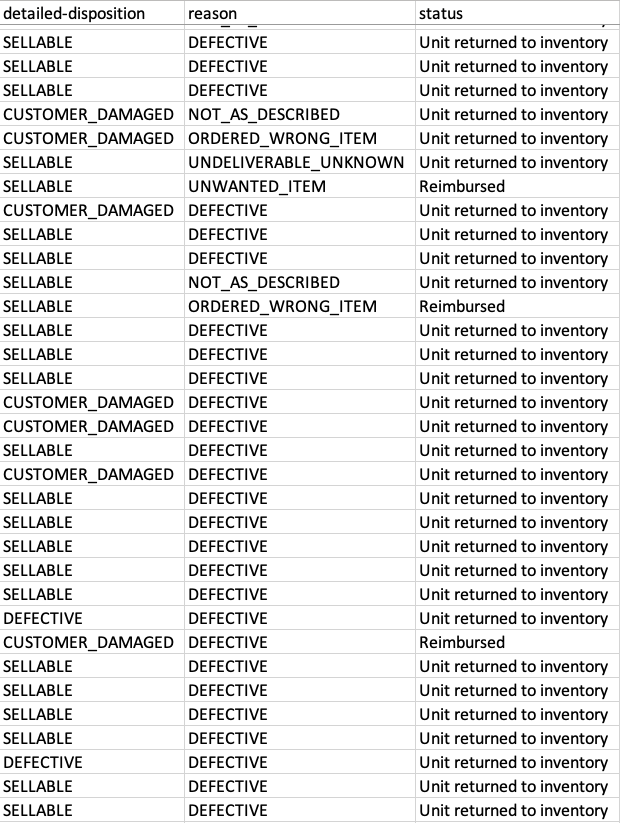
Does returning items that customers claim are defective back into inventory strike anyone else as odd? I can’t help but wonder if quite a few of my returns are the same few defective or customer damaged parts getting sold over and over again.
That’s what I’ve come up with so far. Any Fulfillment by Amazon gurus out there with some other ideas?
